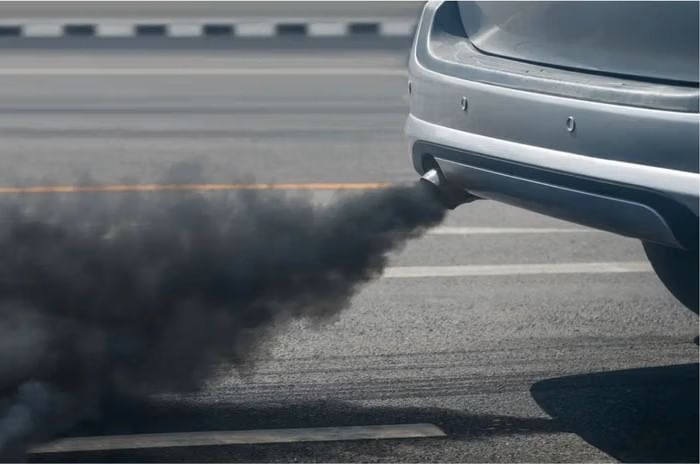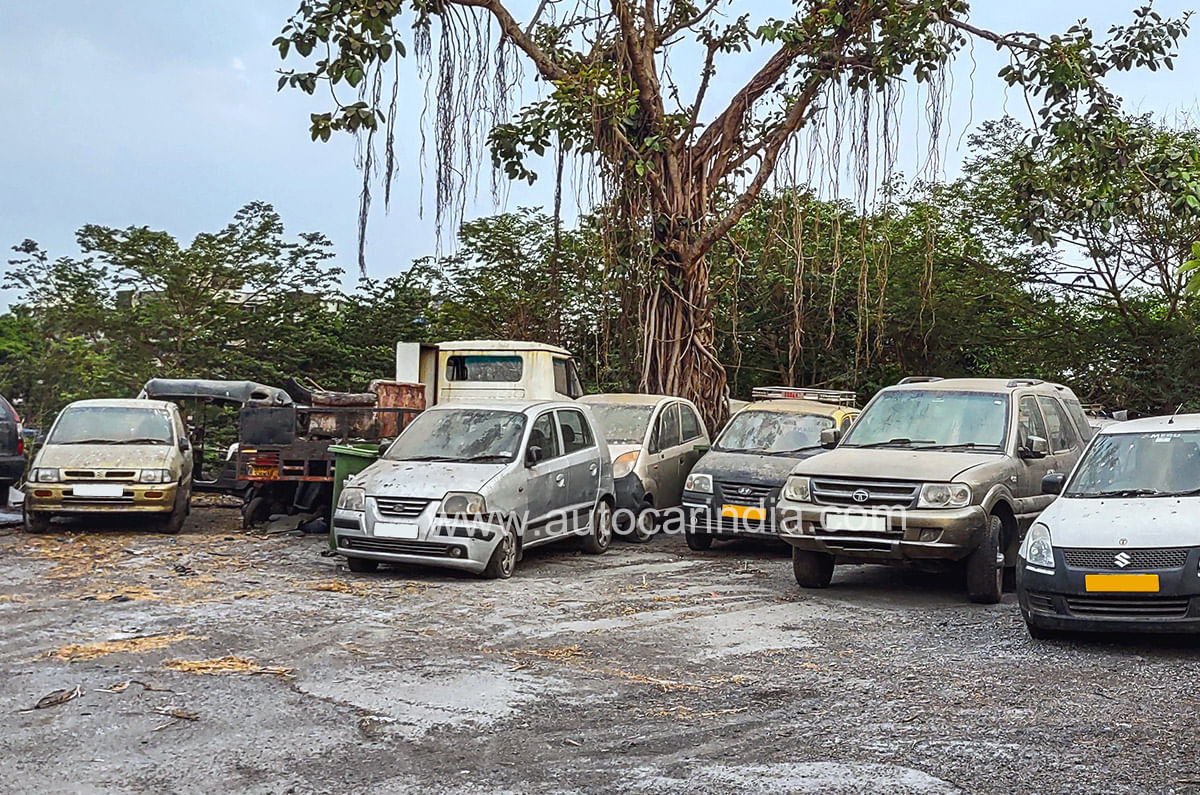
The government has revised the fees for vehicle fitness tests nationwide, introducing significantly higher charges for private and commercial vehicles that are 10 years or older. Earlier, higher fitness fees applied only to 15-year-plus vehicles, but under the updated Central Motor Vehicle Rules (Fifth Amendment), the new fee structure now covers three slabs: 10-15 years, 15-20 years and 20+ years, with charges increasing with age.
Fees for many vehicles, especially older commercial ones, have risen by up to 10 times. Two-wheelers, three-wheelers, quadricycles, LMVs, MGVs and HGVs all fall under the revised structure.
According to the Ministry of Road Transport and Highways (MoRTH), the update in fees is intended to remove unsafe and high-polluting vehicles from Indian roads and encourage a shift towards newer, cleaner alternatives.
- Fitness test charges now higher for all vehicles above 10 years
- Older commercial vehicles face the steepest increase
- Increased fees expected to push more owners towards scrappage or replacement
What the new rules change
Revised fees introduced for all vehicles, with higher bands for older models.
Even newer vehicles haven’t been exempted. For vehicles below 15 years, the base fitness test fees has been revised. Two-wheelers will now pay Rs 400, light motor vehicles Rs 600, and medium or heavy commercial vehicles Rs 1,000 for the mandatory certification. These revised rates set the new starting point before rising sharply for older vehicles.
| Vehicle Category |
Old Fee: >15 years |
New Fee: 10-15 Years |
New Fee: 15-20 Years | New Fee: Above 20 Years |
| Motorcycles/Two-wheelers | Rs 600 | Rs 400 | Rs 1,000 | Rs 2,000 |
| Three-wheelers | Rs 400 – Rs 600 | Rs 600 | Rs 3,000 | Rs 7,000 |
| Light Motor Vehicles (Cars) | Rs 600 – Rs 1,000 | Rs 600 | Rs 5,000 | Rs 15,000 |
| Medium Goods/Passenger Vehicles | Rs 1,800 | Rs 1,000 | Rs 10,000 | Rs 20,000 |
| Heavy Goods/Passenger Vehicles (Trucks/Buses) | Rs 2,500 | Rs 1,000 | Rs 12,500 | Rs 25,000 |
Why vehicle fees rise with age
Impact on private owners and commercial fleet.

MoRTH’s stepped fee system accounts for the safety and emissions risks of ageing vehicles. Older cars and commercial vehicles face greater structural wear, pollution, and mechanical issues, prompting stricter oversight. The largest hikes target older commercial vehicles, making it costlier to keep them on the road.
Re-inspection costs have also increased, so failing a fitness test now carries a higher penalty, encouraging proper maintenance. For private owners, this means running a 10-20 year old car will involve noticeably higher recurring costs. Commercial fleets, particularly those with vehicles over 20 years old, are likely to accelerate replacement cycles, shifting toward newer, lower-emission models.
Also see:
CAFE 3 norms: What they mean for carmakers and for you
Supreme Court advocates gradual ban on petrol and diesel luxury cars

